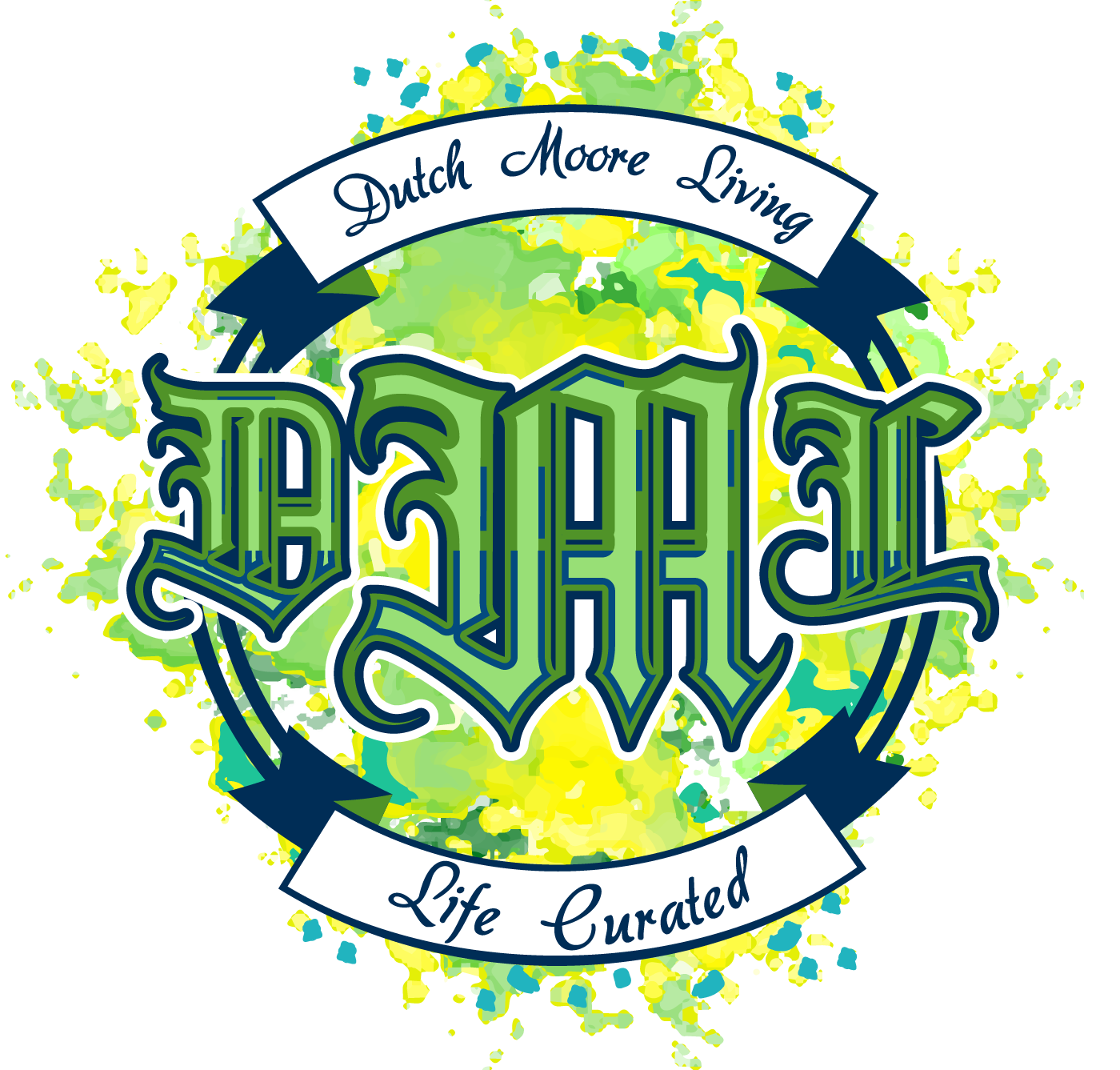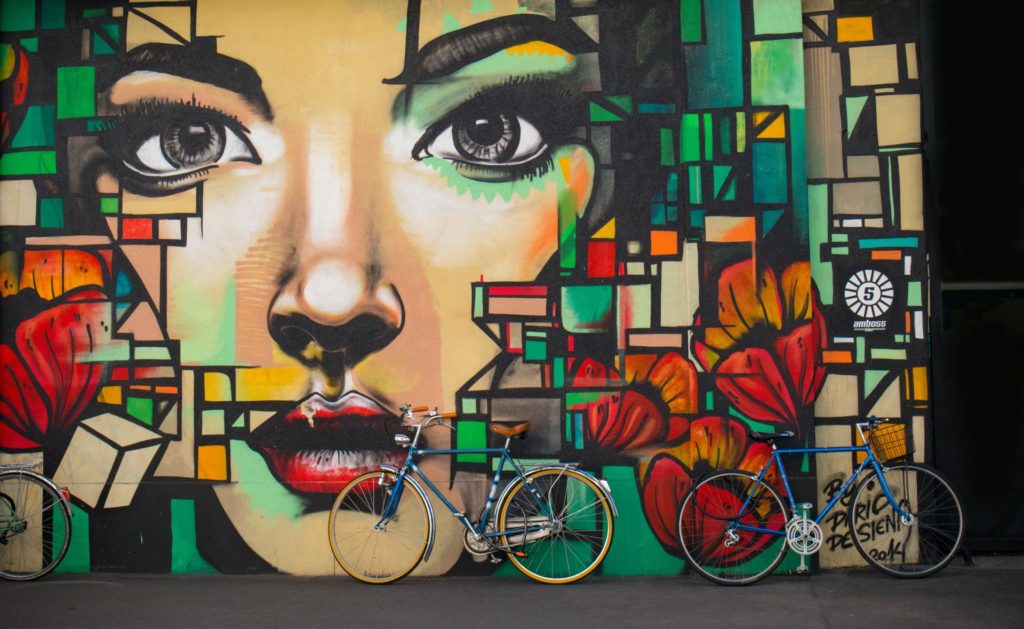By Mae Rymer
“Abstract Art: art that does not attempt to represent external reality, but seeks to achieve its effect using shapes, forms, colors, and textures” – Oxford Languages
Whether many of us are aware of it or not, we have all been exposed, by one way or another, to a type of abstract art. You might have seen some at a museum, various art galleries, advertisements, or even new acrylic pour practices (yeah, I’m looking at you, Pinterest!). When looking at such pieces, we might ask ourselves, “Why is this piece so popular?” or “Why is this piece so engaging to me beyond words?” Thankfully, that is what makes abstract art pieces successful — even though there is sometimes no real objectivity to it (such subjects that we can identify within reality) and more or less elicit an emotional and sometimes an unconscious response of intrigue based on the pure use of color, shapes, forms, and textures.
Famous contemporary abstract artists you may know are Jackson Pollock (throws paint at canvas to produce a splatter effect via different colors), Pablo Picasso (turned modern day objects into their most basic form,- predominately cubism), or Piet Mondrian (simplistic pieces with the repetitive simplistic use of primary colors and predominantly square shapes), and that is just to name a few. Abstract expressionism in the artistic community was and still is geared towards art as a conceptual thinking style instead of the replication realism of nature and objects at they are to be.
“Art is higher than reality and has no direct relation to reality. To approach the spiritual in art, one will make as little use as possible of reality. Because reality is opposed to the spiritual. We find ourselves in the presence of abstract art. Art should be above reality, otherwise it would have no value for man.” – Piet Mondrian
It’s not uncommon for many people to have a mental, and sometimes emotional, response to abstract art. Even without placing a direct subject in view of the audience with simplistic use of its natural elements of designs and executions with colors, shapes, forms, and textures, many people have a semi-unconscious response to these particular pieces and therefore a point of intrigue and interest in the pieces themselves.
That’s why the acrylic pours that have surged the hobby nation and social media for the past few years have been so popular and successful. People were widely enthralled with the self-chosen color combination and bubbling effect that these perfectly abstract procedures produced. So next time you see a seemingly abstract piece, take a moment to really look at it and see it for all of its visual worth, and ask yourself the inquisitive questions of “How might this person have gone about making this piece and why?” While you’re at it, yourself the same questions of yourself. You never know what might inspire you to create your own personal Mondrian-inspired piece. What current events inspire you to create? We see even now, during the Black Lives Matter movement, thousands of artists utilizing their skills to bring awareness to the masses of the systemic oppression of communities of color. Through visual and other various art media, people are finding and vocalizing their internal expression.

